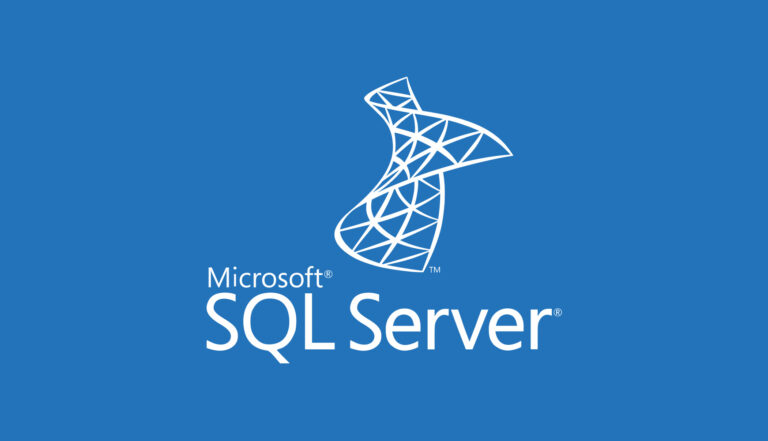Today’s organizations are primarily data-driven, depending largely on systems and advanced databases to power growth and take cutting-edge decisions that help in making considered business decisions. Regardless of whether data is taken from internal or external sources, it is essential to have robust data processing facilities and unlimited storage capacities in place. To meet this goal, businesses today preferto migrate databases from Microsoft SQL Server to Snowflake.
Before detailing the processes and requirements of tools for migrating databases from Microsoft SQL Server to Snowflake, an understanding of the two individually is required.
Microsoft SQL Server
The Microsoft SQL Server is a relational database management system that not only supports several applications but also complements the Microsoft ecosystem seamlessly. It has been widely used by businesses for decades mainly because of the advanced features on offer. The database solution has always been considered one of the leaders in the field along with IMB DB2 and the Oracle database.
Snowflake
Snowflake is a highly optimized data warehousing solution that is based in the cloud, thereby bringing all the advantages of the cloud to the table. This is one reason why businesses are opting to shift databases from Microsoft SQL Server to Snowflake.
Some of the leading benefits of Snowflake are as follows:
- The main benefit of this migration is that data in its native format regardless of whether it is unstructured, semi-structured, or structured can be loaded into Snowflake. This capability is not available in other database platforms like Oracle and SQL Server.
- Snowflake has highly optimized computing abilities and there is no drop in performance or lag in speeds even when multiple users are simultaneously executing multiple intricate queries.
- Since Snowflake is cloud-based, it offers unlimited storage capacities that can be downloaded in minutes as per requirements by paying only for the quantum of data used. This is against flat fees charged by other database platforms, thereby making migration of databases from SQL Server to Snowflake a cost-effective alternative.
- The computing and storage facilities in Snowflake are segregated into separate compartments as against the one silo where both are kept in traditional databases. Therefore, calculating and estimating the costs to businesses of storage and computing facilities in Snowflake is easier.
- Being a cloud-based service, Snowflake provides fully-managed services. Examples include encoding of columns and clustering of data automatically without having to define indexes.
It is for these benefits that businesses opt to migrate databases from SQL Server to Snowflake.
How to migrate databases from Microsoft SQL Server to Snowflake
Migrating databases from SQL Server to Snowflake is done over four stages automatically without the need for human intervention of DBAs.
- Data Extraction: In the first step, data is extracted from the SQL Server using queries for extraction. However, the data has to be sorted and filtered through select statements before being extracted. To extract bulk data and entire databases in SQL queries, CSV, and text format, the Microsoft SQL Server Management Tool is used.
- Data Formatting: The data that has been extracted is to be now processed and formatted so that its structure matches those that are supported by Snowflake. However, while loading JSON or XML data, it is not necessary to define a schema first.
- Loading in temporary stages: The processed and formatted data cannot be loaded into Snowflake directly but has to be kept in a temporary staging area, either internal or external. The internal stage is created with SQL statements and a name and file format are fixed for the location. The external staging areas that are presently supported by Snowflake are Microsoft Azure and Amazon S3. Once the staging area is assigned, the data from there can be uploaded to any cloud interface.
- Migrating to Snowflake: The final stage of migrating a database from SQL Server to Snowflake is loading data from the staging area where it is located to Snowflake. For large databases where bulk migration is necessitated, the Data Loading Overview tool is used. In the cases of smaller databases, the data loading wizard of Snowflake is the ideal tool. Again, the PUT command is used to stage files for bulk databases while the COPY INTO command loads the formatted data into a table in Snowflake from the staging area where it is located.
At this point, the migration is completed but it has to be ensured that this data movement does not become a one-off activity. Instead, the focus should be on continually loading and updating all changes made in the SQL Server to Snowflake by creating a suitable script to do so. This script will identify new data at the source and with an auto-incrementing tool, endlessly update the changes in the target database.
Right tools to optimize SQL Server to Snowflake migration
Even though the database migration process is fully automated, the use of certain tools helps to quicken the process and make it a seamless activity.
These tools should have the following features.
- Must have the ability to quickly and effortlessly migrate large databases without any drop in speeds or performance. This is critical for organizations that have high-volume databases.
- Must be completely automated and be able to go through the entire SQL Server to Snowflake database migration without any human intervention. Such tools can also effectively merge, transform, and reconcile data with a great deal of accuracy.
- Must be able to continually reconcile data in Snowflake between the source and the target databases subject to both being always kept in sync.
Use such tools to make this form of database migration simple and easy.

